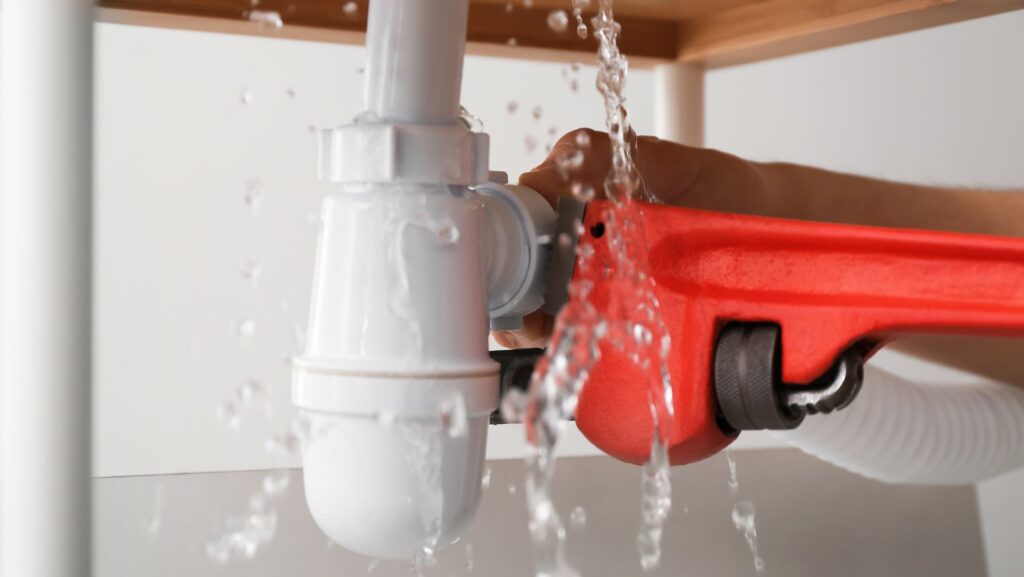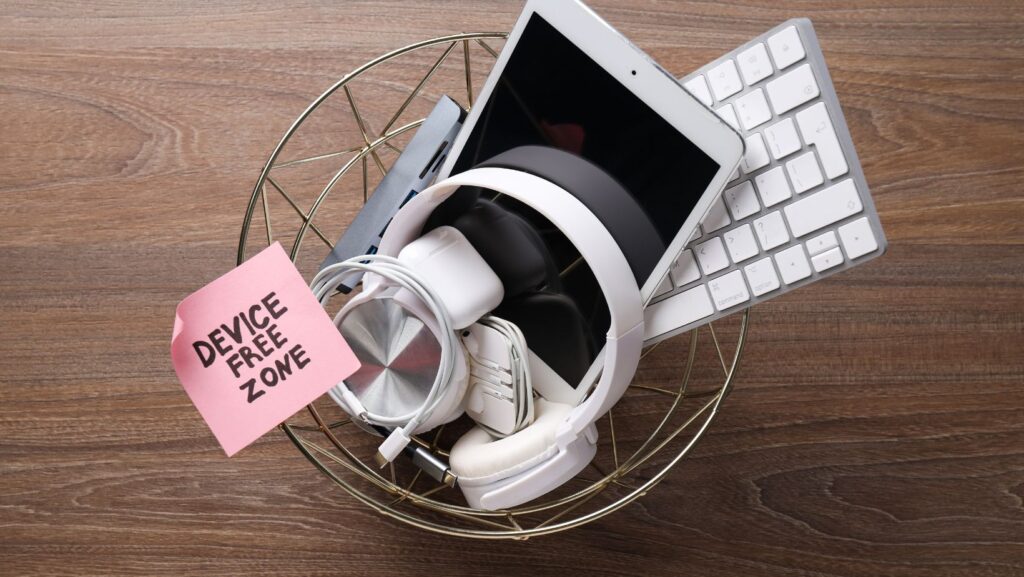Facing a plumbing emergency can be overwhelming, but knowing the right steps to take before the plumber arrives can save you from extensive damage and stress.
Whether it’s a burst pipe, a severe leak, or a malfunctioning water heater, immediate and informed action is crucial.
By following a structured emergency plumbing checklist, you can mitigate potential hazards and ensure that professionals like The Dulwich Plumber can address the issue efficiently upon arrival.
This guide will walk you through essential pre-arrival steps, helping you manage the situation with confidence and minimise the impact on your home.
Shut Off the Water Supply
The first and most crucial step in any plumbing emergency is to shut off the main water supply. This action will prevent additional water from flooding your home and causing further damage. Locate the main water valve, typically found near your water metre, and turn it off immediately.
Turn Off Water Heaters
If the emergency involves hot water, turning off your water heater is essential. This step will prevent the heater from overheating or getting damaged. Locate the switch or dial on your water heater and turn it off until the issue is resolved.
Identify and Isolate the Problem Area
Pinpointing the source of the plumbing issue is vital. Once identified, isolate the problem area by turning off any specific valves associated with that fixture. This isolation will help contain the issue and prevent it from spreading to other parts of your home.
Clear the Area
Before the plumber arrives, ensure that the area around the problem is clear of any items or furniture. This clearance will provide the plumber with easy access to the issue, allowing them to work efficiently without any obstructions.
Contain Leaks
Use buckets, towels, or rags to contain or soak up any leaking water. This step is crucial to prevent further water damage to your floors, walls, or belongings.

If possible, use a wet/dry vacuum to remove excess water.
Document the Issue
Take photos or videos of the problem area. This documentation can be helpful when explaining the situation to the plumber and can also serve as evidence for insurance claims if necessary.
Make a List of Issues
While waiting for the plumber, note down all the plumbing issues you’ve noticed. Having a comprehensive list ensures that the plumber addresses all concerns in one visit, saving time and possibly reducing costs.
Ensure Safety
If there’s standing water, be cautious of electrical outlets and appliances. Water and electricity are a dangerous combination. If necessary, turn off the electricity in the affected area to avoid any risk of electric shock.
Gather Essential Information
Have your plumber’s contact details, any warranty information, and previous plumbing records ready. This information can provide the plumber with valuable context about your plumbing system and any past issues.
Notify Household Members
Inform everyone in your household about the plumbing issue and the steps you’ve taken.

This communication will prevent accidental water usage and ensure everyone is aware of the situation.
Last Word
By following this comprehensive emergency plumbing checklist, you can help manage the situation effectively and ensure that when the plumber arrives, they can get straight to work with minimal delay.
Taking these steps not only helps to minimise damage but also makes the entire process smoother and less stressful for you and your family.



